Xiaoyan Awareness Switch (review)
Reviewing products can be either fun, or a chore, depending on whether the product in question has a lot to offer, especially over similar devices, but it’s always nice to be able to examine a product that offers something different. Even if the particulars of the device are already covered, as long as they’re implemented in a new or interesting way, or combined with other sensors in ways that make it of interest, then it makes it all the more fun. In this case, we definitely have something that fits the bill in terms of fun – the Awareness Switch, by Xiaoyan (xiaoyan.io). In essence, this is a switch with two different actions (single and double press at the moment), dual motion sensors, a temperature sensor and an ambient light sensor.
Before I begin, even though Xiaoyan are new to many readers, it’s important (for me at least) to let you know how the name is pronounced! so, the first part is Xiao, pronounced “shao”, which means small or little. The last part – yan means Swallow, as in the bird, and it’s actually pronounced as though the ‘a’ is an ‘e’, so “yen” not “yan”. Good to get that out the way, seeing as I pronounced it wrong in my overview video…
ok, so let’s get into a quick unboxing; As you know, if you’ve read my other reviews, I like the packaging to be decent – both sturdy and well designed. This packaging is on the understated side, but I like that, and if you see the current complete range, you’ll see that they have a consistent theme of white boxes, with green and blue print (with black for small text) which I’m a fan of. The box isn’t the strongest I’ve encountered, but as long as it has a reasonable level of protection and the device is held in place, that’s good enough, and it is held in place really well. There’s not a lot on the box itself other than some basic info on the back, most of which is in Chinese (given that this is from China, and for the Chinese market currently). The contents of the box consist of the Awareness Switch itself, a manual (also in Chinese) and a circular double-sided sticker for adhering the switch to a surface. It already comes with one sticker already attached to the back of the switch, so this is a spare, should you want to relocate it after you’ve already stuck it in place initially.
I must state from the outset, that this and the other Xiaoyan devices that will be reviewed later, aren’t HomeKit compatible in and of themselves as such. Only the Xiaoyan Home Center is HomeKit compatible, and all child devices go through this hub, and then go on to be exposed to HomeKit, much the same as the Philips Hue Bridge, and in the same way, these devices communicate with the hub via Zigbee, whilst the Home Center connects to HomeKit via a connection to your router/modem via an ethernet cable, just like the Hue Bridge. So, all devices will have to be added via the Xiaoyan app initially before appearing in the Home app.
Getting onto the Awareness Switch itself, it’s certainly not massive, but you’re also not in much danger of losing it down the back of your sofa, coming in at 88 x 88 x 23mm. It also has a bit of weight to it, but not unduly so, feeling like it can take a bit of use without any real trouble. The same also applies to the main part of the device, the switch itself, which has a bit of resistance, making it feel quite high quality, with no movement or ‘wiggle’, like you tend to get with the Hue Dimmer Switches. The two different actions can be programmed as with any HomeKit based switch, and if you use a 3rd party app, like the Eve app, then you can get more out of the two actions. As this has an ambient light sensor built-in, it can also detect if it’s dark where the button is placed, and emit a green ring if colour around the switch for roughly one second once pressed, so you can not only see the switch in low-level light (once it’s been pressed), but it also acts as confirmation that your press has been registered.
The base of the device doesn’t really feature much other than the adhesive ring that allows you to stick it to the surface, although personally, I prefer it freestanding at present, but with the presence of the dual motion sensors (which we’ll look at later), you may well need to stick it to a wall for some use cases. When you first get the device unpacked, there’s a small strip of plastic that needs to be removed to make the batteries active. You can see the slot on the base where the strip of plastic is removed from.
Looking at the edge of the device, you have a small slot that allows entry to the inside of the switch. Now this was the one thing I wasn’t so keen on, as I found it difficult to get into the switch without making some superficial marks to the plastic case. I used a thin dinner knife to slowly prize it open and it wasn’t difficult, but if it simply twisted off, then it would have been a lot better in my opinion. Once seeing the inner workings, it may not be possible to do it this way, but it still should be easier to get into it than I found it. Happily, the batteries last at least 12 months, so it’s not something you’d have to do often. The device is powered by two standard AAA batteries, so you’re not going to be struggling for replacements, thankfully.
Onto what else is on the edge of the device and firstly you have a small LED indicator light. This is normally only in use when initially pairing the device to the Xiaoyan Home Center, as previously mentioned. When you first go into pairing mode the indicator should flash green fast to show it’s attempting to pair to the home Center. A short but slow green flash will indicate a successful pairing. If it flashes yellow at a medium rate continuously, then pairing has failed.
Besides the indicator, we get to the main unique feature of this device, which is not one, but two motion sensors. Just so you know, these are two separate sensors that appear in the Home app individual devices, and as such can be used separately for triggers and automations, although Xiaoyan inform me that they’ve been working on special algorithms to make them also work together intelligently if need be. It should be noted, that the timeout/reset for these motion sensors is set to 15 seconds, and there’s currently no option to configure the timeout length like you can with the Eve Motion sensor. From my rudimentary tests, the motion sensors are pretty fast, and have a reasonable detection distance, even in low light, so it only remains for me to figure out what I can do with these sensors to work in tandem. One obvious use would be for use in a long corridor, where one sensor detects someone coming from their bedroom and turns the corridor lights on, so then the person heads down the corridor to a bathroom at the other end. When the person passes by the Awareness switch, they would then trigger the second sensor, which would turn lights off behind them. If anyone can think of other instances, then ‘answers on a postcard’ as they say! The sensors have been cleverly angled, so that in the situation where they’re placed on a wall, you’re not losing some of the motion sensors’ potential ‘field of detection’ that would otherwise be covering a static wall if the motion sensors were pointing straight out.
This leaves the two other sensors, which is the ambient light sensor, that I touched on before, where it’s used to detect the light levels in order to let the switch emit the green ring of light if it’s dark enough, but as with the Philips Hue Motion Sensor, you can get quite creative with using the light sensor in automations or triggers, although only 3rd party apps have this ability at present, not the standard Home app. The other sensor is the one that measures temperature, which once again can be cleverly deployed in automations, should you need it.
Wrapping up, we’ve got ourselves a programmable switch, two motion sensors, an ambient light sensor and a temperature sensor, all of which are represented in HomeKit with their own tiles, so you’re going to have to accommodate five different tiles in your Home app. This review hasn’t been a chore in this case, as I find it intriguing to think of the potential with a device that packs in so many things, and although it might seem to some that these sensors aren’t somehow useful to each other, they’d be wrong, because all of these can and will work together to make sure that wherever it’s placed, you’ll get light (from the ambient light and motion sensors), and warmth (via an automation linking a thermostat to the temperature sensor), as well as special functionality from the switch, depending on what you program it to do. As it’s based on Zigbee, there’s no problem with it communicating to the hub, even if the internet is down, and I’ve always found Zigbee to be very fast and reliable in other devices, whilst also not bogging your wi-fi strength down.
You can currently purchase this switch and any of the other sensors separately via AliExpress, but you’ll have to search for yourself I’m afraid, as I don’t want to point to stores there that I can’t verify as reliable. That being said, Xiaoyan have said they’re working on getting their devices onto amazon.com, so hopefully buying them will be very straightforward soon. In fact Xiaoyan are already on the shelves of a few official Apple Stores in China, so this bodes well not only for the quality of the products, but also their availability.
You can check out more information on Xiaoyan and their products at xiaoyan.io
Full disclosure: Xiaoyan provided HomeKit News with the Smart Switch for the purpose of this review. No other compensation was made or requested.


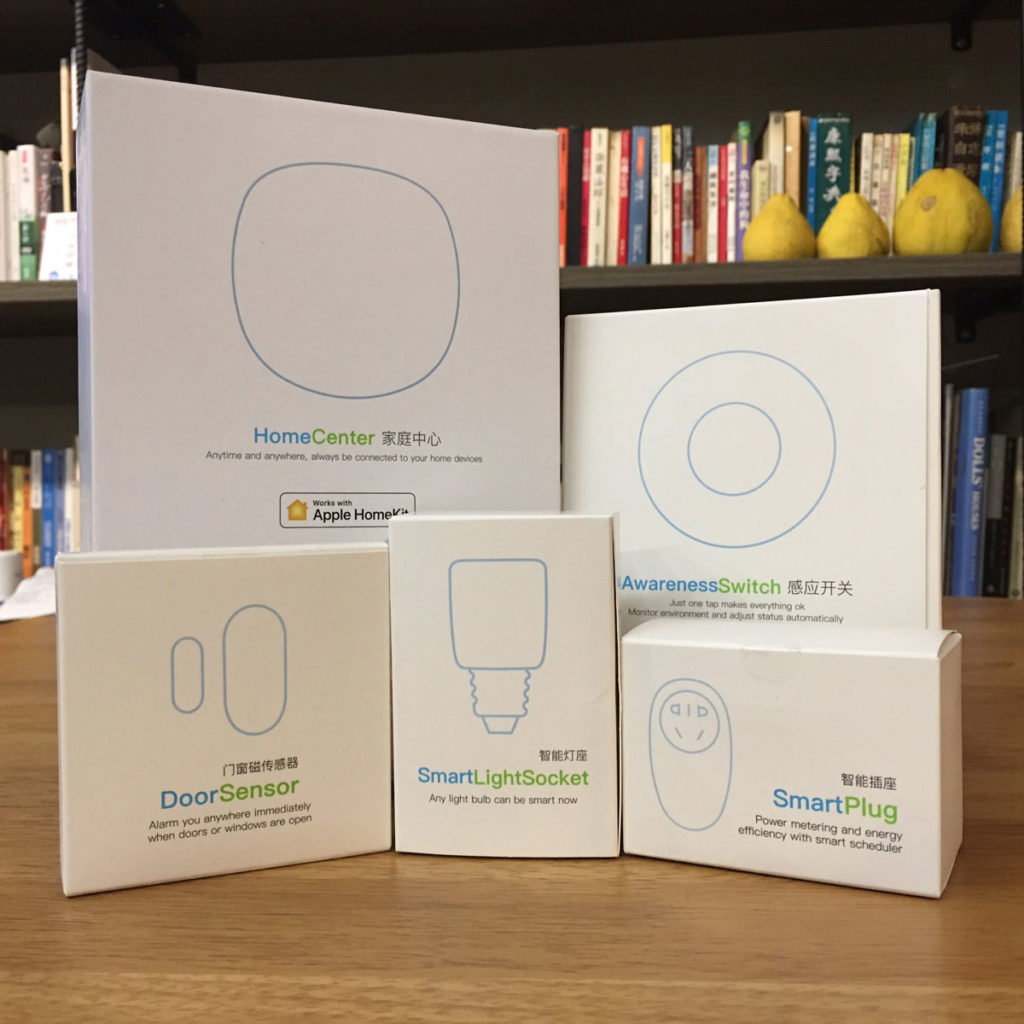
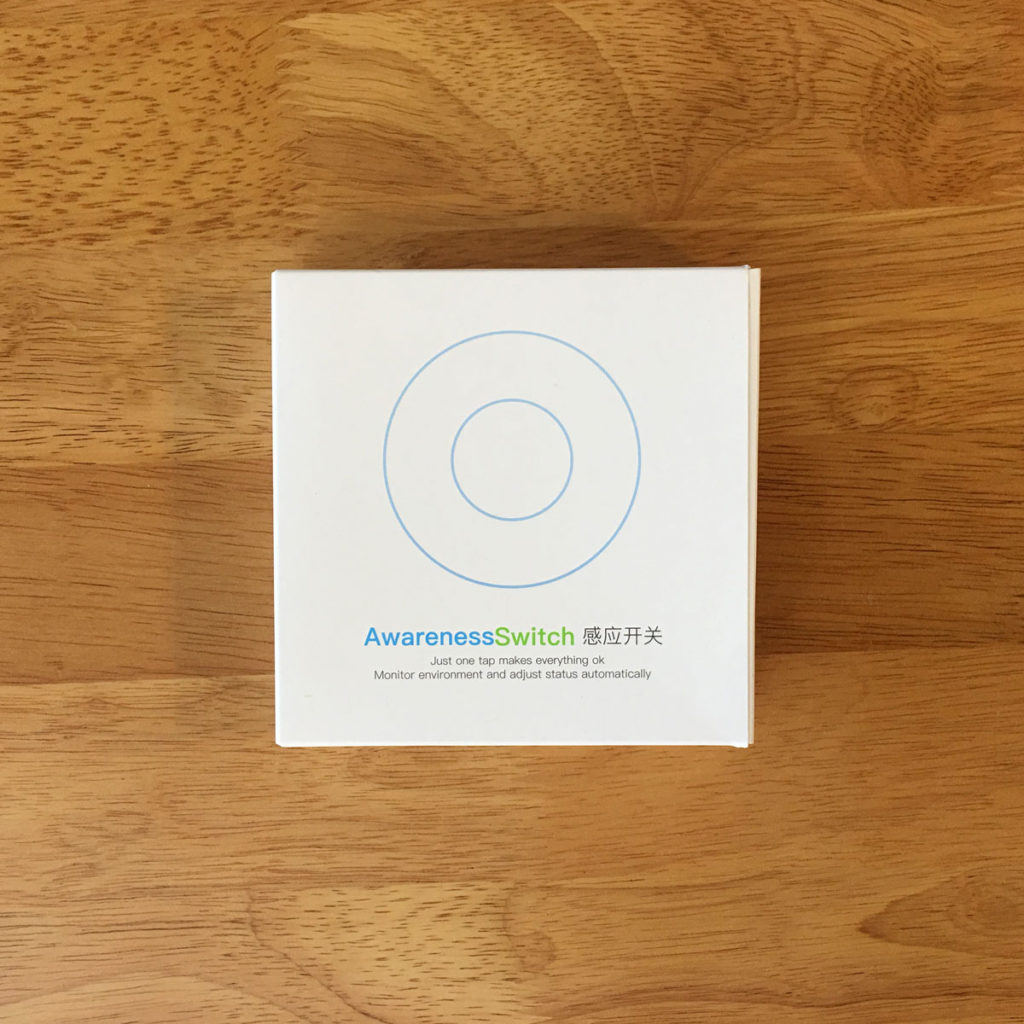


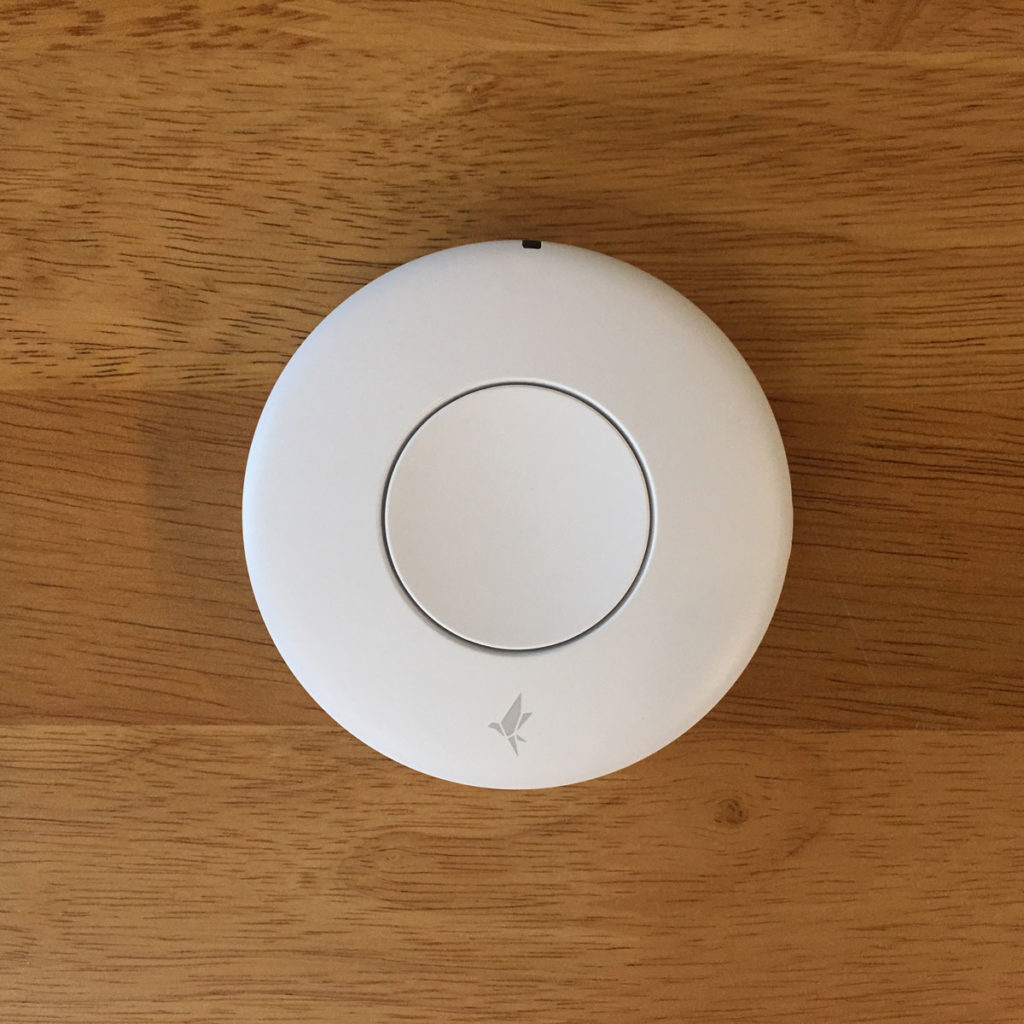
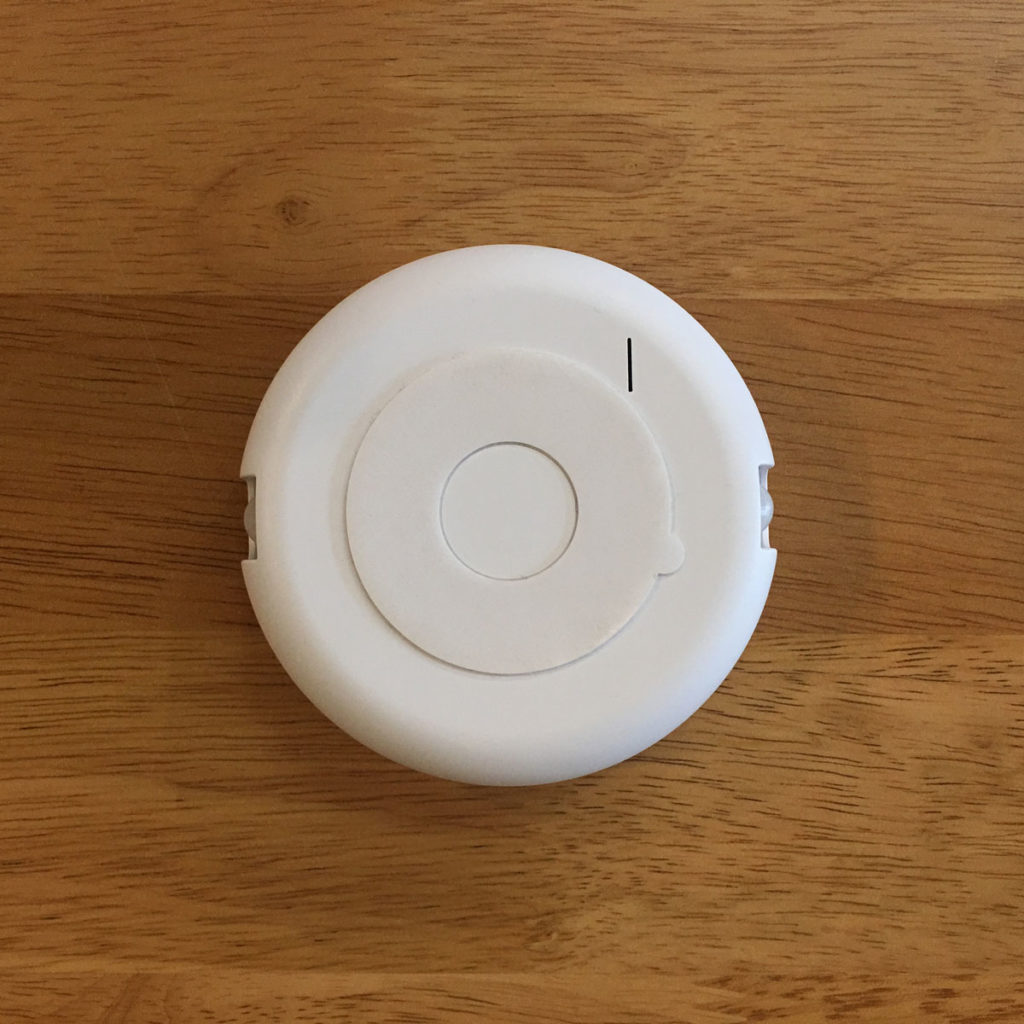
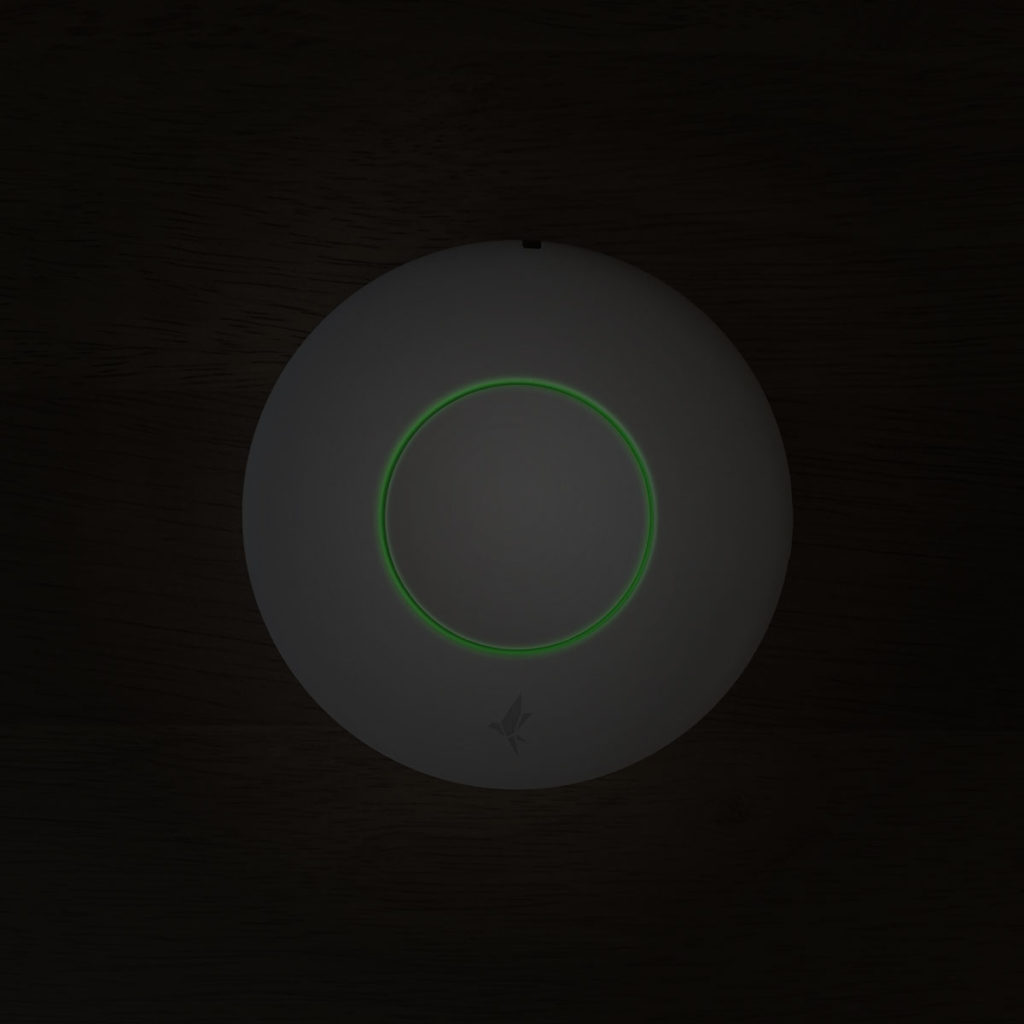

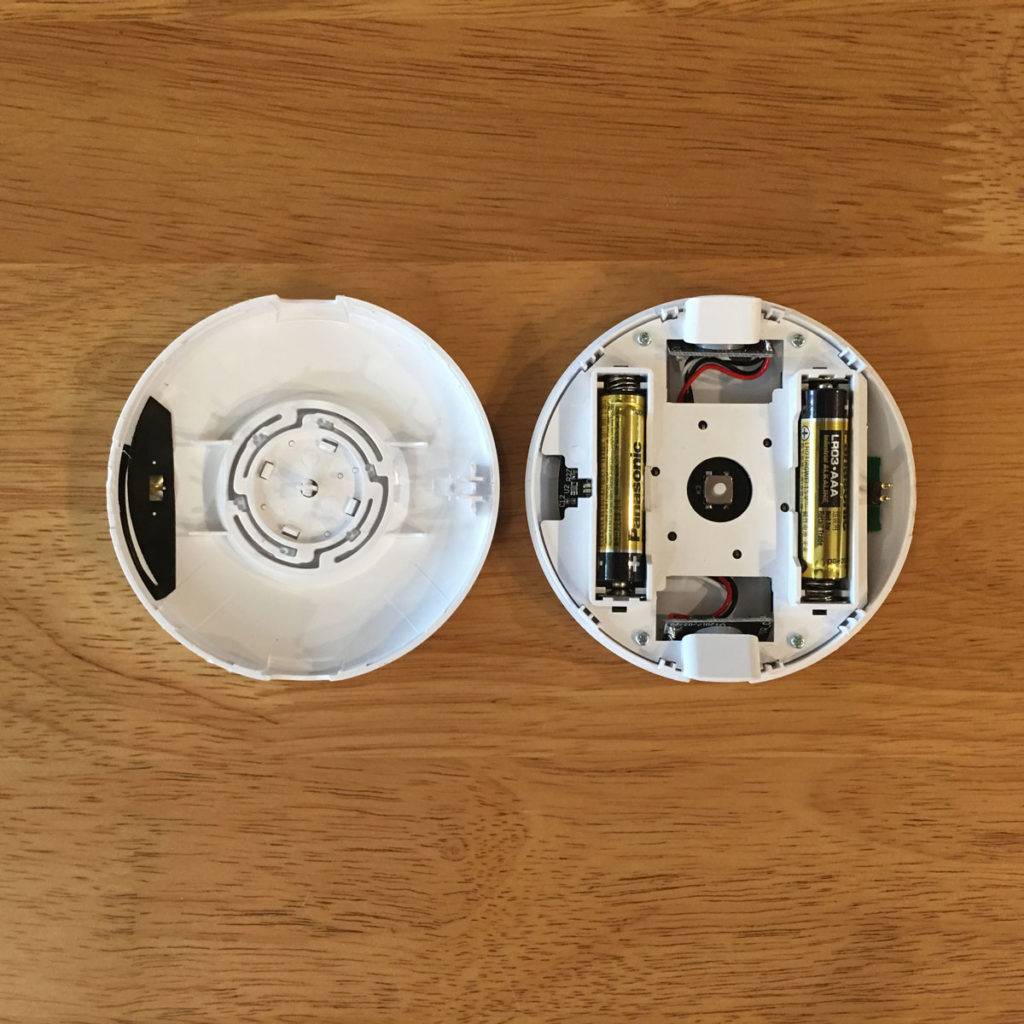
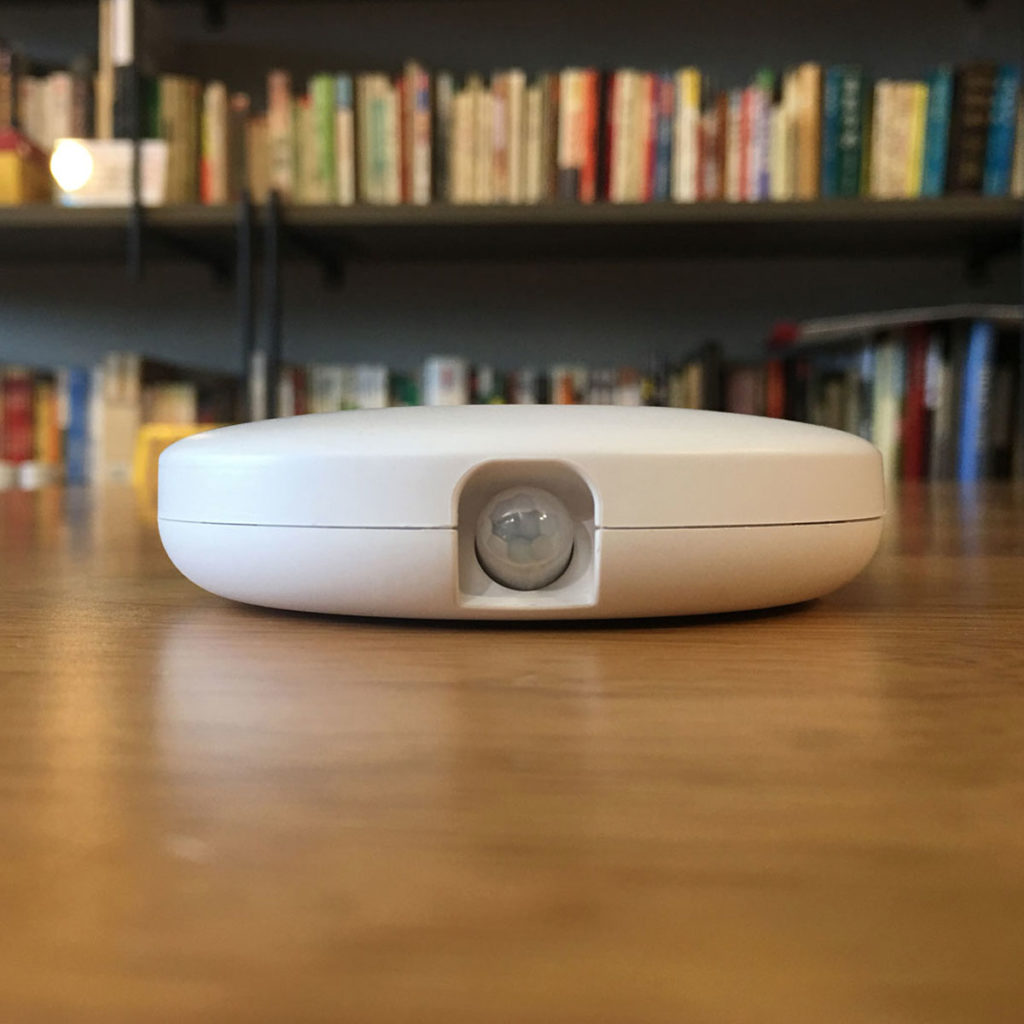
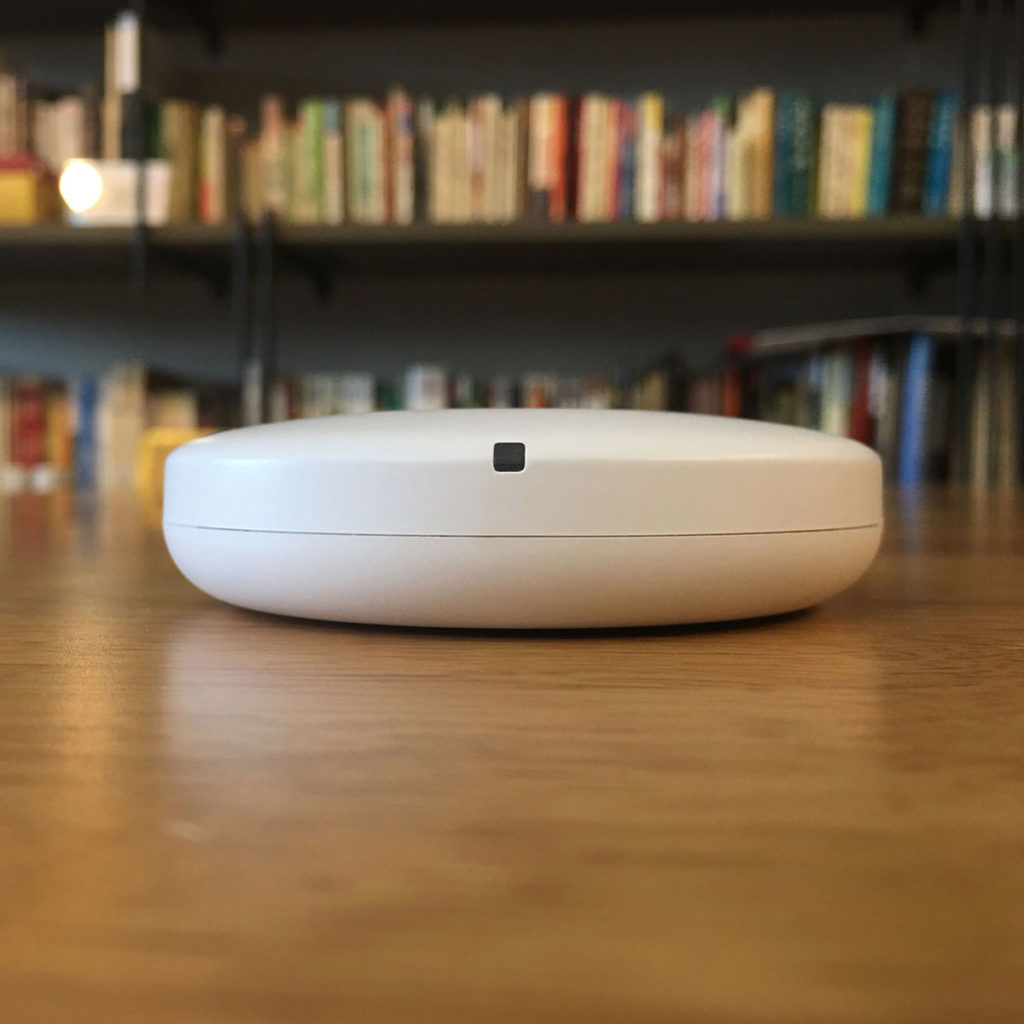
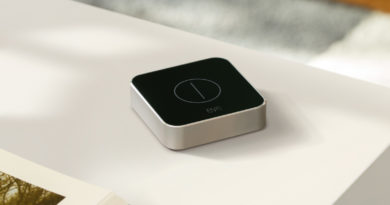
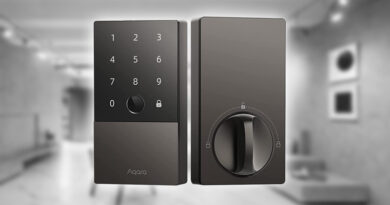
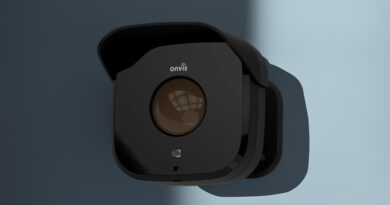
I use two awareness switches in my home. They’re extremely useful. One stick beside my bed, to start sleep mode with a single press. One stick beside gate, to start leave mode with a single press too.